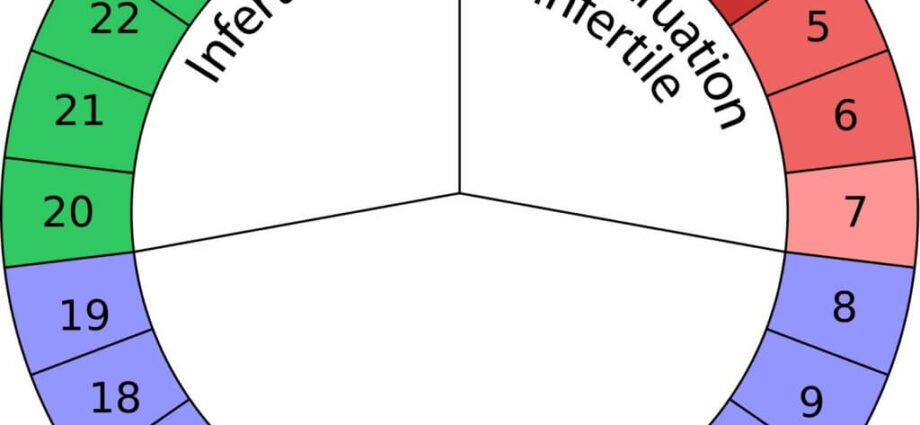Contents
Natural contraception: which is the best natural contraceptive?
Some women decide to manage their contraception by turning to so-called natural methods
What is natural contraception?
Natural contraception is opposed to so-called “conventional” contraceptive methods, that is to say methods that work thanks to the action of hormones (such as the pill or the implant), copper (such as the IUD, often called “IUD”) or even with a condom. These methods, which do not require a medical consultation, can be implemented directly at home. There are several reasons why women turn to natural contraception.
Most of the time, this decision is motivated by a rejection of so-called classic methods such as the pill, because they no longer want to take hormones and suffer the side effects of the latter. However, natural methods are much less effective than the IUD or the pill. There are in fact many more unwanted pregnancies with these methods of contraception than with those recognized and recommended by the medical profession. For women who no longer wish to take the pill, the copper IUD, for example, can be a good hormone-free and very effective alternative. There are 4 main natural contraceptive methods, which are listed below.
The Ogino method, known as the “calendar” method
This method of contraception takes its name from Kyusaku Ogino, a Japanese surgeon and gynecologist. It consists of not having sex during the days when the woman is most fertile. Indeed, during each menstrual cycle, there are a few days when the probability of pregnancy is higher, which correspond to the pre-ovulatory period (therefore before ovulation).
This method requires having studied several cycles beforehand to be able to determine which is the period when one is most fertile. It therefore requires to have extremely regular cycles each month, and to carefully note your ovulation period. These parameters make this method the least reliable. This is because the risk of pregnancy is relatively high while using it. In addition, it can be quite restrictive, since it requires a period of abstinence each month.
The withdrawal method
The method of withdrawal is to not let ejaculation take place in the vagina during intercourse. Before enjoying, the man must therefore withdraw so that the sperm does not come into contact with the mucous membranes, and thus there is a risk of fertilization. This method, which might seem reliable, is in fact not very effective, because of its difficulty in practice. Indeed, it implies for the man to know perfectly manage his desire and his excitement, and to be able to control his ejaculation.
In addition, withdrawal can be frustrating for partners: the fact for the man to withdraw with the end of his erection can be experienced as disturbing, and for the woman too. In addition, it should also be added that the pre-ejaculatory fluid, which is produced before ejaculation, can also contain sperm, and therefore make removal afterwards unnecessary.
The temperature method
When she is in the period of ovulation, that is to say the most favorable period for fertilization, the woman sees her body temperature slightly increase compared to the rest of the time. This is then 0,2 0,5 degrees higher. Thus, this method consists in taking his temperature daily and recording the value every day, in order to be able to determine when we are ovulating. Here, the same problem as with the Ogino method: not only does this involve performing a daily gesture, but also having regular cycles. In addition, it should be noted that one can quite get pregnant even outside the period of ovulation, even if one is less fertile, which makes this method an unreliable way to prevent unsuccessful pregnancy. desired.
The Billings Method
The latter method, named after a couple of Australian doctors, John and Evelyn Billings, requires minimal know-how and further observation. It consists in analyzing the consistency of the cervical mucus of the woman. This substance, which is produced in the cervix, acts as a natural barrier to sperm and prevents their passage to the uterus. During ovulation periods, this mucus is therefore relatively porous, and easily lets sperm pass through. Conversely, it thickens and hinders their passage. Thus, this method consists of touching the mucus each morning using your fingers to analyze its consistency and thus determine the period of the cycle in which you are. The main problem is that other factors can change the appearance of the mucus. As with the previous methods, nothing is therefore completely reliable with this technique.










